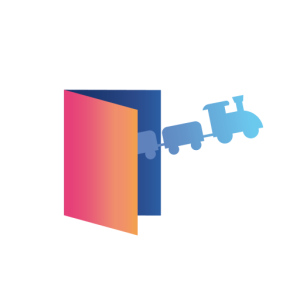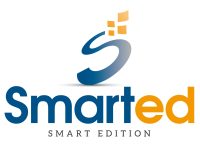BLUE ARROW project aims to improve teachers’ preparedness to support digital learning, in a broad sense.
Rodari’s “Blue Arrow” is a novel strongly addressed to the tangible aspect of the toys and their “souls”. The project aims to take inspiration from this idea, reapplying this in the digital era by providing innovative practices for teacher education programs in HEIs.





